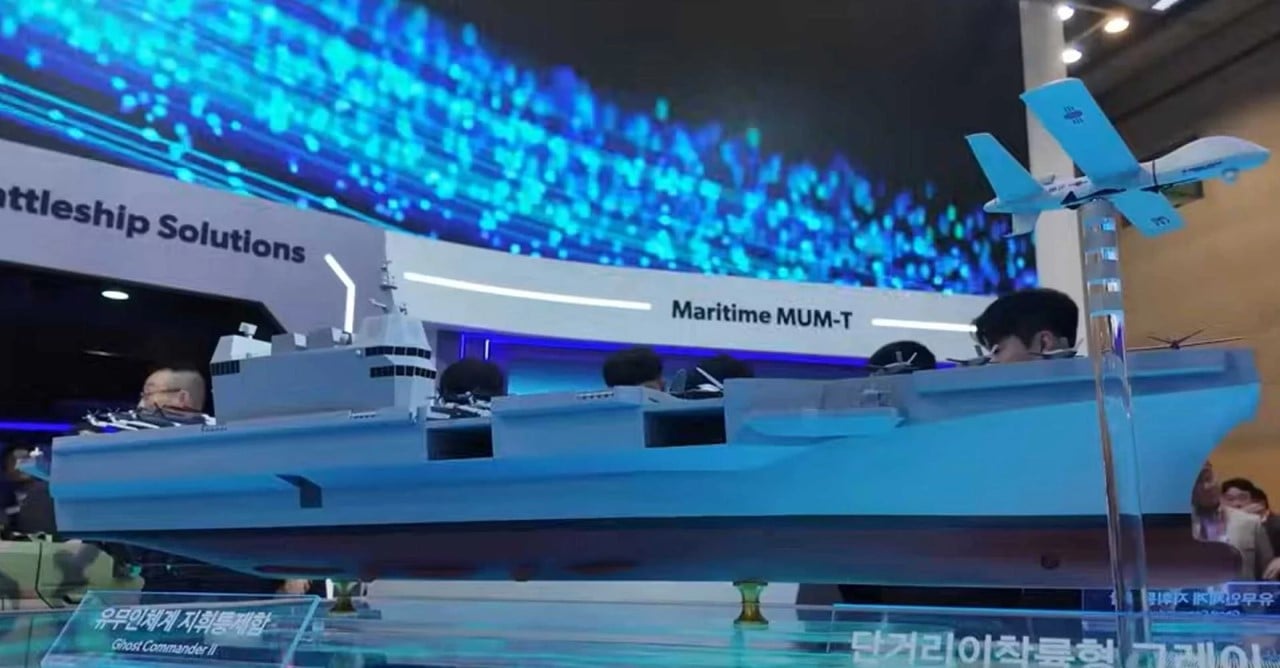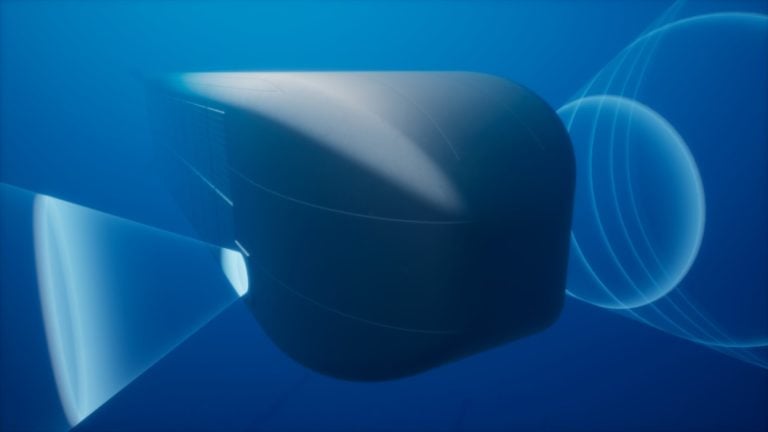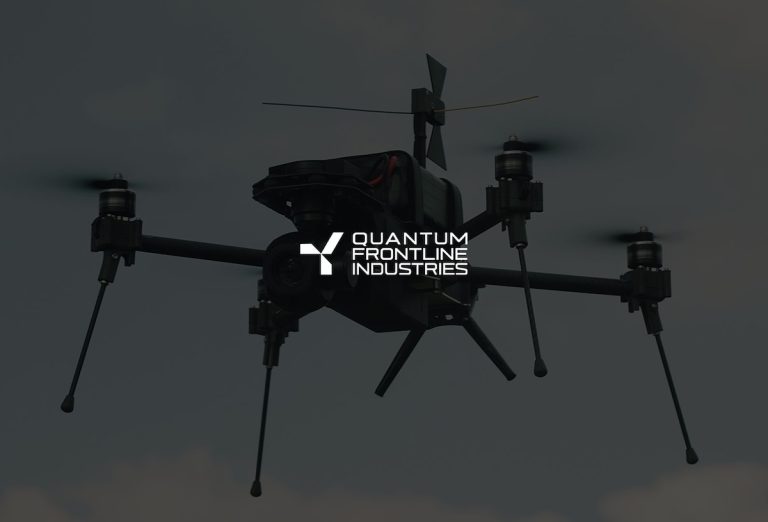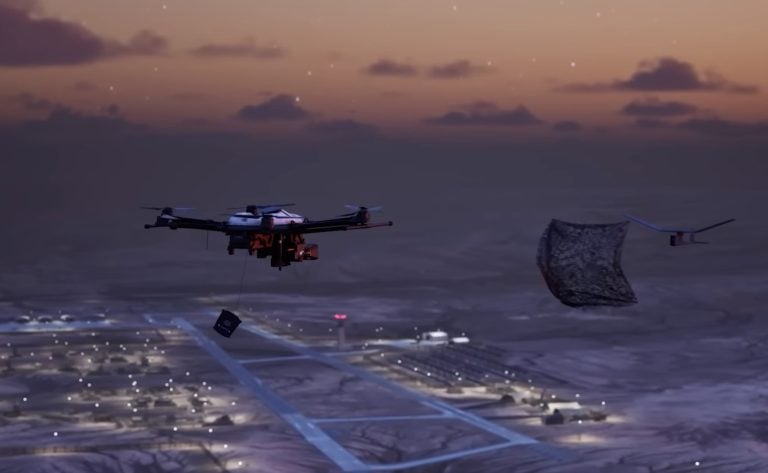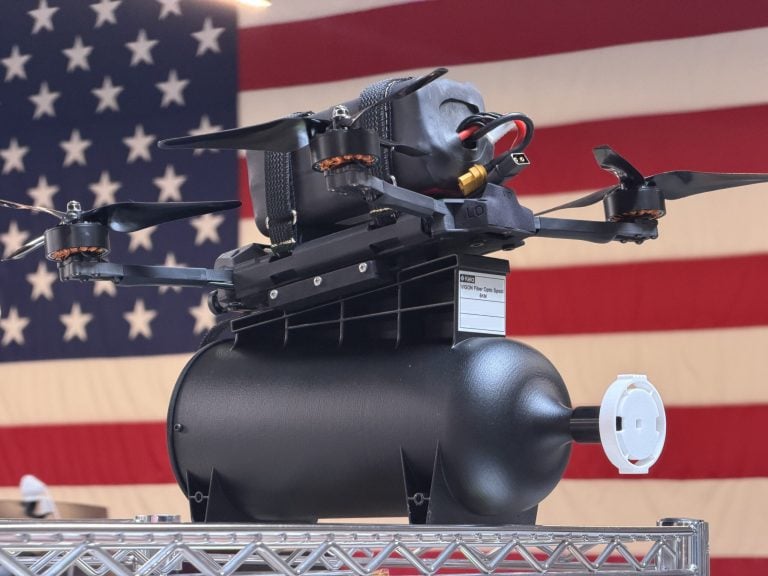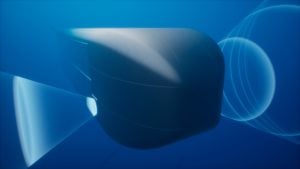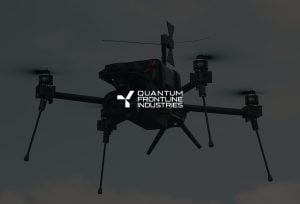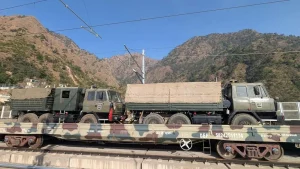South Korea has unveiled its latest military innovation, the Ghost Commander II, a next-generation naval carrier designed to integrate both manned and unmanned systems into a cohesive command-and-control framework. Developed by Hanwha Ocean, this vessel represents a significant advancement in the country’s maritime capabilities, aiming to enhance power projection through a hybrid operational approach.
The Ghost Commander II is specifically engineered for surveillance and reconnaissance operations at sea, combining traditional crewed aircraft with an extensive array of unmanned aerial, surface, and underwater vehicles. This integration is expected to revolutionize maritime strategy by allowing for more versatile and adaptable responses to various operational scenarios.
Lead engineer Jeon Seoungbaem has indicated that the design of the Ghost Commander II shares similarities with China’s Type 076 amphibious assault ship. This connection highlights ongoing regional developments in naval technology, illustrating the competitive landscape in which South Korea is working to assert its maritime dominance.
As global defense dynamics continue to evolve, the introduction of the Ghost Commander II could mark a pivotal shift in how naval forces operate, particularly in complex environments where quick decision-making and multi-domain operations are essential. The integration of unmanned systems is poised to enhance situational awareness and operational effectiveness, providing South Korea with a cutting-edge platform for future engagements.
Additional insights into this groundbreaking project and its implications for regional security are explored in the newly launched publication, NextGen Defense. This resource aims to keep stakeholders informed about advancements in defense technology and strategic initiatives in the region.
